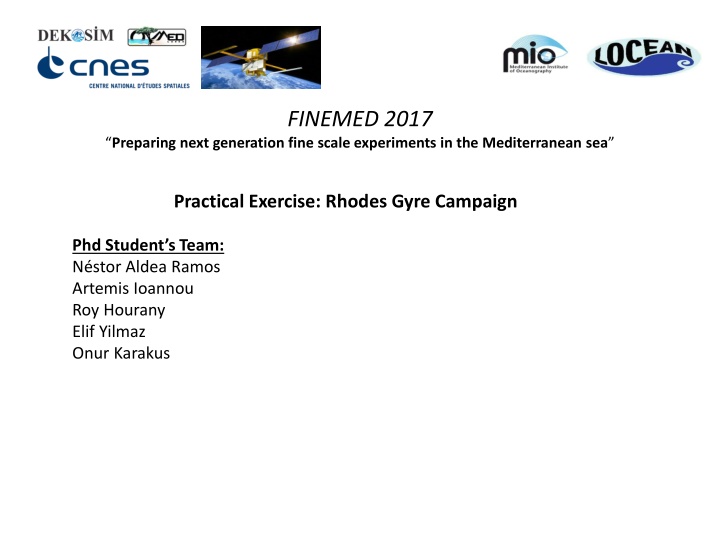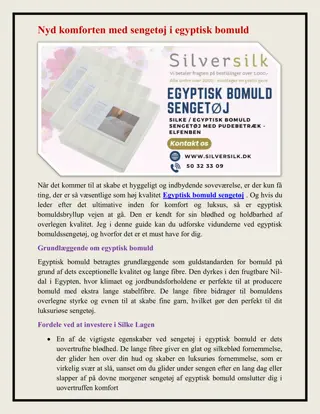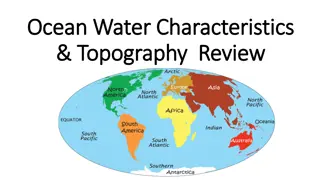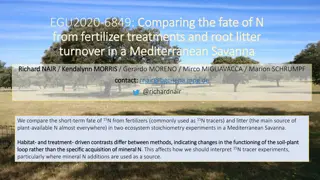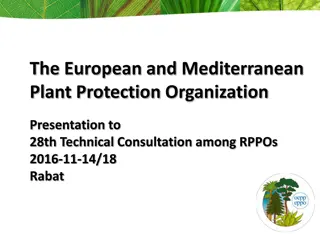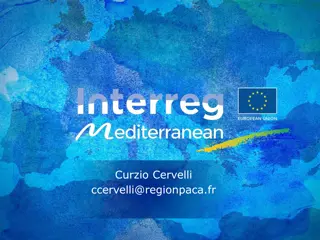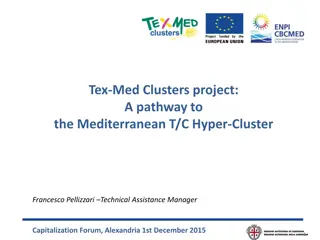FINE-MED 2017: Investigating Rhodes Gyre Dynamics in the Mediterranean Sea
Preparing for fine-scale experiments in the Mediterranean Sea, the FINE-MED 2017 project focuses on the Rhodes Gyre campaign led by a team of Ph.D. students. Motivated by the complex dynamics of the Eastern Mediterranean Sea, the project's objectives include studying interactions between different currents and their effects on the formation of the Levantine Intermediate Water. The campaign strategy involves satellite altimetry, experimental set-ups, and expected outcomes to fill gaps in biochemi...
Download Presentation

Please find below an Image/Link to download the presentation.
The content on the website is provided AS IS for your information and personal use only. It may not be sold, licensed, or shared on other websites without obtaining consent from the author.If you encounter any issues during the download, it is possible that the publisher has removed the file from their server.
You are allowed to download the files provided on this website for personal or commercial use, subject to the condition that they are used lawfully. All files are the property of their respective owners.
The content on the website is provided AS IS for your information and personal use only. It may not be sold, licensed, or shared on other websites without obtaining consent from the author.
E N D
Presentation Transcript
FINEMED 2017 Preparing next generation fine scale experiments in the Mediterranean sea Practical Exercise: Rhodes Gyre Campaign Phd Student s Team: N stor Aldea Ramos Artemis Ioannou Roy Hourany Elif Yilmaz Onur Karakus
Motivation & Regional context Eastern Mediterranean Sea: dominated by complex dynamics - large robust mesoscale features few campaigns in order to identify mean circulation patterns POEM group LIWEX group our focus is on the Rhodes Gyre PE IE Marullo et.al 2003
Objectives\specific questions What are the interactions between MMJ, IG and RG? How its location and intensity changes annually and inter-annualy? How these changes affect the formation rate/ volume/ salinity of the LIW? What are the effects of LIW on the biogeochemical properties of the region? COPERNICUS - CHL
Campaign strategy Step1: Rhode gyre investigation from satellite altimetry identify variability among years (seasonality, size, intensity etc.) - identify period of deep convection - expected in spring late March Step2: Experimental set-up Type of Measurements needed Moorings -> timeseries of biochemical and physical cycles in key regions CTD -> specific periods of the year for characterization of large area drifters --> atmospheric forcing influence in deep convection process VMACP -> vertical extent of structures Glider Moorings
Campaign strategy Step1: study from available satellite altimetry identify Rhodes Gyre characteristics among years (seasonality, size, intensity etc.) -expected process of deep convection in spring late March Step2: Experimental set-up Type of Measurements needed Moorings -> timeseries of biochemical and physical cycles in key regions CTD -> specific periods of the year for characterization of large area drifters --> evaluation of atmospheric forcing to the gyre deep convection VMACP -> vertical extent of structures Glider CTD
Expected outcomes fill the gap about biochemical properties of Rhodes gyres. processes regarding LIW role of the atmospheric forcing in the deep convection Publications : 1. moorings and gliders data will used for assessing the role of Rhodes Gyre in the formation process of Levantine Intermediate Water. 2. coupling of physical and biochemical data will be investigated in terms of the effects of physics on the primary production in the study area.
